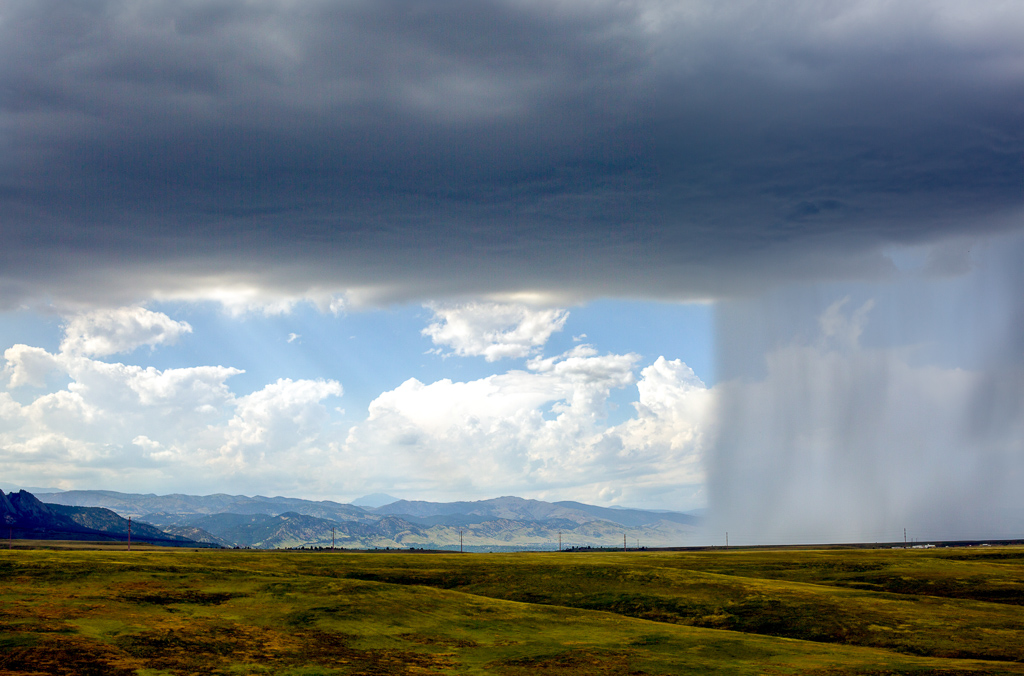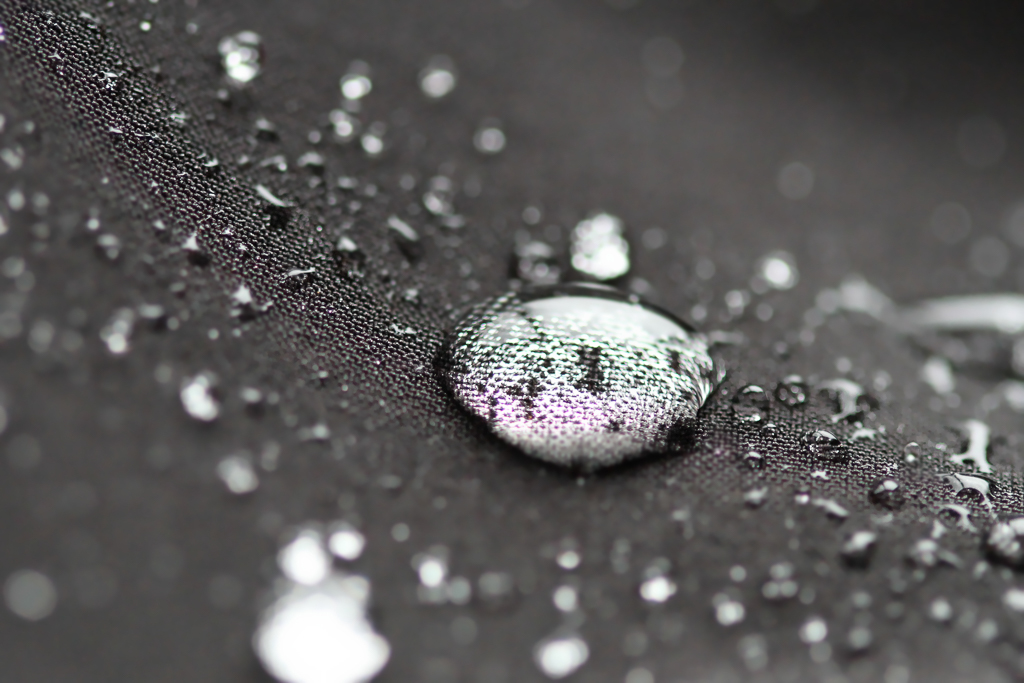Many photographers are not too thrilled about bad weather conditions. It is a situation where one can do nothing but wait it out or find a way to make the best out of a bad situation. But it does not necessarily translate to bad pictures.

EOS 5D Mark III, EF24-70mm f/2.8L USM lens, f/8.0, 50mm, 10secs, ISO100 by Christopher A. Dominic
Rainy days can provide the prefect opportunity to capture some of the most beautiful photos. Besides melancholy, it can suggest pensiveness and solace. Think dramatic atmosphere and soft romantic scenes. Here’s how to achieve these meaningful images.
You Don’t Have to Get Wet
If you’re not documenting a massive hurricane for National Geographic, there is no reason for you to chase the rain. If you notice dark clouds gathering from afar, park under a dry spot and wait for it to come. For practical reason, shoot from inside the car. First, it allows you to stay dry and comfortable. Also, you’ll be able to manoeuvre the car to get the best vantage point for your photo. The trick is to park in an angle so the storm blows onto the other window (behind you) instead of the one you’re shooting from, which keeps you and your equipment dry.

EOS 5D Mark III, EF50mm f/1.4 USM lens, f/7.1, 50mm, 1/500sec, ISO100 by Makia Minich
Cover Up
If you have to get wet, use protection. There are plenty of raincoats in the market designed for your camera gear. If you prefer to create your own, use a gallon-size plastic bag, punch a hole on one end to let the lens through, and another at the back so you have room to grip onto your camera.
If you have an assistant, get him/her to hold a small umbrella for you. Otherwise, hold the shaft of the umbrella in your left hand, which also grips the camera. Besides keeping yourself dry, the umbrella also acts as a nice element to your photo – it creates a compositional framing by filling up the upper part of your photo.
Texture of the Rain
The shutter speed you set determines the intensity of blur rain you will create. Slower shutter speed captures a blurrier movement of the rain drops, therefore the slower the shutter speed, the greater the blur and vice versa. However, do note that too slow a shutter speed may diminish the movement of the rain altogether.
Set your camera ISO to 100, select matrix/evaluative metering mode, and use shutter priority mode with your shutter speed set to 1/60 (for a start). Decrease your shutter speed slowly to explore the texture of the rain you want to achieve.
Learn more about slow shutter settings in this article: Camera Settings to Use for Awesome Slow Shutter Shots!
Find out about different metering modes and how it'll affect your photography here: Metering Modes – How Are They Different?

EOS 600D, EF70-300mm f/4-5.6 IS USM lens, f/9.0, 168mm, 1/320sec, ISO400 by LadyDragonflyCC
It’s in the Reflection
Rain photography is not entirely about the rain. Look down and you may notice a puddle of water on the ground. The reflection on the water is a good way to capture your surroundings, from the silhouette of the trees to even yourself, as well as streets that glitter at night.

EOS 60D, EF-S17-55mm f/2.8 IS USM lens, f/11, 28mm, 1/50sec, ISO400 by Pank Seelen
Get Close-Up
The beauty of close-up shots is the intricate details blown up through a macro lens. A close-up shot of a leaf after rain reveals not only residual raindrops, but also beautiful reflection of its surroundings. Sometimes you may even find tiny insects trapped in one of the droplets.
Equip your camera with an EF100mm f/2.8 Macro USM lens, get the sensor plane parallel to the subject to achieve maximum depth of field, and turn your aperature(f-number) to f/11 for a sharper and crisper effect. To minimise camera shake, use a tripod and a cable release (or through the Canon EOS Connect app).

EOS 7D, EF100mm f/2.8 Macro USM lens, f/2.8, 100mm, 1/160sec, ISO2500 by Guy Renard
Capturing the Rainbow
When the rain is over, don’t forget the rainbows. As the sun sinks to the horizon in the late afternoon, revealing the combination of rain and sunlight, there is a good chance that a rainbow may form. Use the camera’s center-weighted meter setting and make a spot reading off the rainbow. Opt for a circular polarizing filter (it changes the way your camera sees and treats light as well as the vibrancy in colours) to bring out more contrast in your photo.

EOS 70D, EF24-70mm f/2.8L II USM lens, f/16, 30mm, 1/125sec, ISO160 by Markus Trienke
Receive the latest updates on photography news, tips and tricks by signing up with us!
Profile of author

Darren Wong
A writer on the weekdays and an amateur photographer on his day off, Darren enjoys both tremendously, and not forgetting good coffee, inspiring designs, beautiful movies, and exotic travels. Darren also believes that good conversations feed the soul of a writer, for there is nothing more invigorating than an inspiring exchange of ideas. For more of his works, visit www.darrenwphotography.com

































